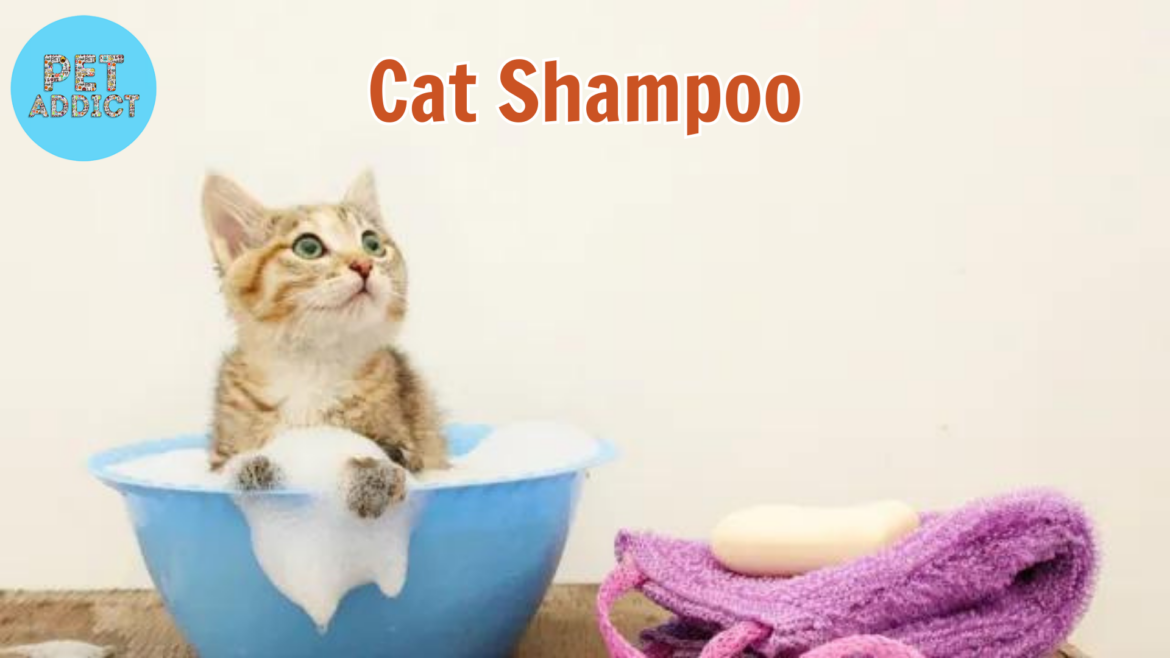Are you a devoted cat owner who wants to ensure the well-being of your feline friend? One crucial aspect of cat care is selecting the right shampoo for your beloved pet. In this comprehensive guide, we will delve into every facet of cat shampoo, covering its significance, choosing the ideal product, application techniques, and much more. Let’s embark on this journey to understand the world of cat shampoos and how they contribute to a clean and contented kitty.
PetAddict.net – The best place where you can find everything about your pet!
Introduction to Cat Shampoo
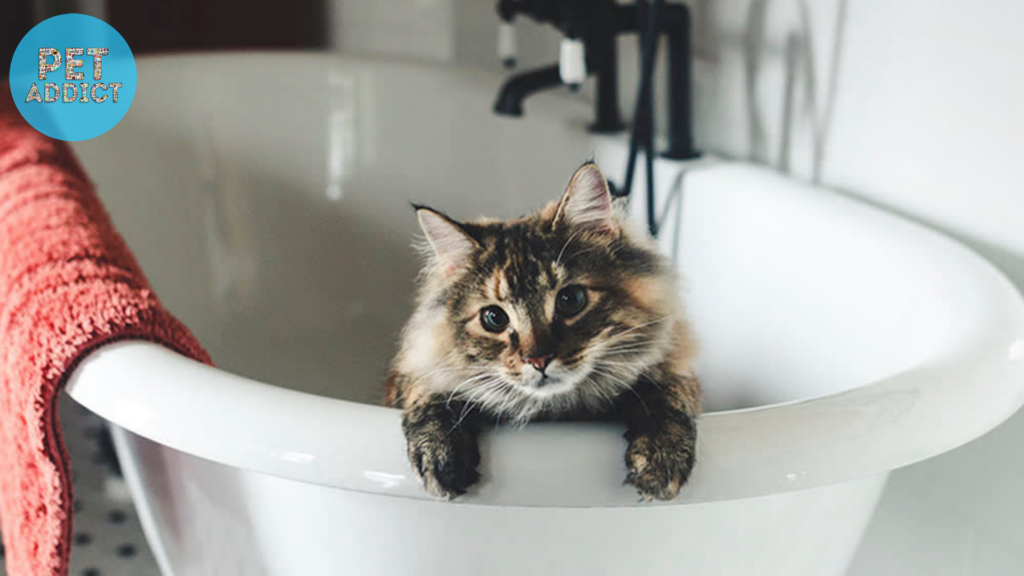
Cats are renowned for their meticulous self-grooming routines. However, there are instances when they can benefit from a little extra care, and that’s where cat shampoo comes into play. Specifically formulated to cater to feline needs, cat shampoo is designed to maintain the cleanliness and health of your cat’s coat and skin. Whether your cat has sensitive skin, a specific skin condition, or just needs a routine clean, using the right cat shampoo can significantly impact their overall well-being.
The Importance of Cat Shampoo

Regular grooming not only keeps your cat looking its best but also has a direct impact on its overall health. Cat shampoo aids in the removal of dirt, debris, and excess oils from your cat’s coat, preventing tangling and reducing the risk of skin infections. It can also address concerns such as excessive shedding and dandruff. Moreover, bath time can foster a stronger bond between you and your feline companion, contributing to a harmonious relationship.
Understanding Your Cat’s Coat and Skin
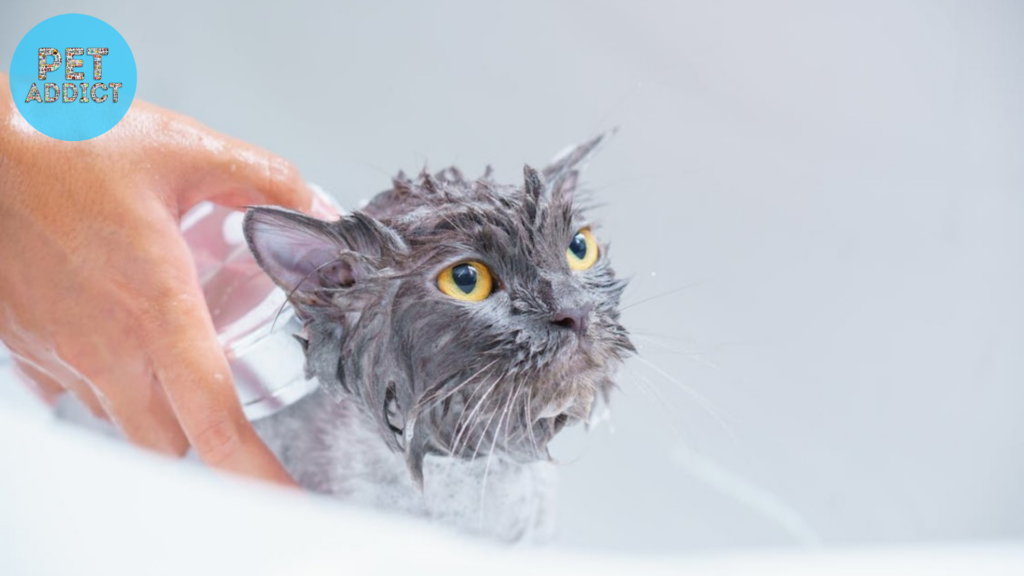
Prior to selecting a cat shampoo, it’s essential to comprehend your cat’s distinctive coat and skin requirements. Cats come with varying coat lengths, textures, and skin sensitivities. Different breeds might necessitate more frequent baths, while others might require specialized shampoos due to allergies or skin conditions.
Types of Cat Shampoos Available
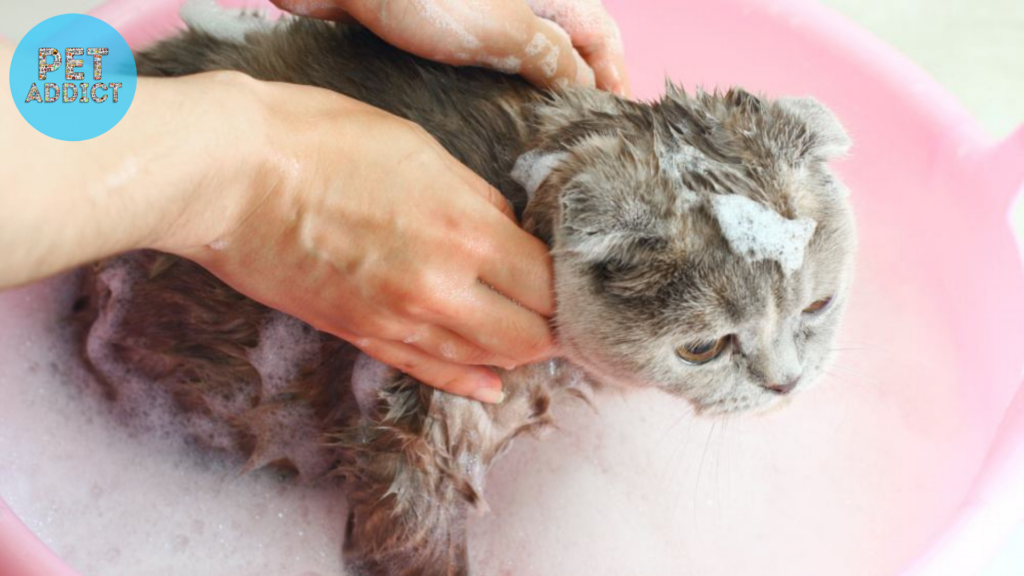
The market offers a diverse range of cat shampoos, each catering to specific needs:
Moisturizing Shampoos
Formulated for cats with dry or flaky skin, moisturizing shampoos often contain ingredients such as aloe vera and oatmeal. These components soothe and hydrate the skin, leaving your cat’s coat soft and lustrous.
Medicated Shampoos
Veterinarians recommend medicated shampoos to address particular skin conditions, including fungal or bacterial infections. These shampoos typically contain active ingredients like ketoconazole or chlorhexidine.
Flea and Tick Shampoos
Designed to effectively eliminate fleas and ticks, these shampoos often feature natural insecticides like pyrethrin to protect your cat from these bothersome parasites.
Hypoallergenic Shampoos
Cats with sensitive skin or allergies benefit from hypoallergenic shampoos. These shampoos are free from harsh chemicals and fragrances that might irritate your cat’s skin.
Selecting the Perfect Cat Shampoo
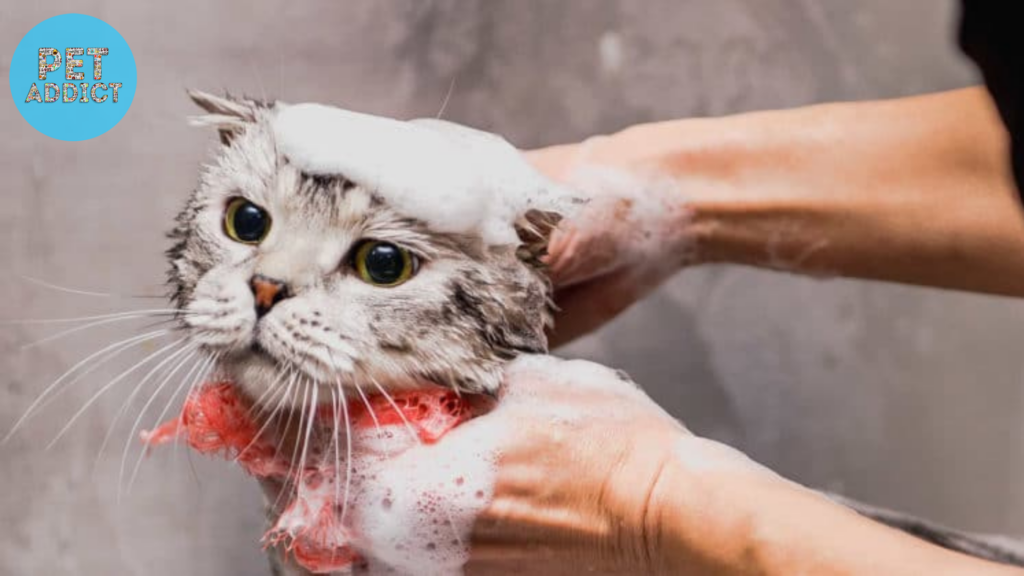
When choosing a cat shampoo, consider the following factors:
Catering to Your Cat’s Needs
Identify your cat’s specific needs, whether it’s moisturizing, medicinal treatment, flea control, or hypoallergenic care.
Reading Ingredient Labels
Thoroughly read the ingredient labels to ensure the shampoo does not contain any harmful chemicals or allergens.
Seeking Professional Advice
If your cat has pre-existing skin conditions, consult your veterinarian before settling on a specific shampoo.
Bathing Your Cat: Step-by-Step Guide

Bathing a cat can be a unique challenge, but with the right approach, it can turn into a stress-free routine:
Preparing for the Bath
Gather all necessary supplies, choose a quiet and warm room, and trim your cat’s nails prior to the bath.
Bathing Techniques
Gradually introduce your cat to water, use lukewarm water, apply shampoo and lather gently, and rinse meticulously.
Drying and Grooming
Wrap your cat in a towel and pat them dry softly. Use a comb or brush to prevent matting and enhance blood circulation.
Tips for a Successful Bathing Experience

Creating a Calm Environment
Select a peaceful and tranquil time for bathing. Playing soft music and maintaining a soothing demeanor will keep your cat relaxed.
Using Positive Reinforcement
Reward your cat with treats and praise during and after the bath to associate the experience with positivity.
Handling Resistant Cats
For cats that resist baths, initiate short water exposure and gradually extend the duration as they become more at ease.
Bathing Frequency
The frequency of cat baths varies based on factors such as breed, coat length, and overall health. Typically, most cats benefit from a bath every few months.
Common Mistakes to Avoid
To ensure a successful bathing experience, avoid these common missteps:
Over-Bathing
Excessive bathing can strip your cat’s coat of essential oils, resulting in dryness and discomfort.
Using Human Shampoo
Human shampoos are unsuitable for cats as they can disrupt the pH balance of their skin and trigger allergic reactions.
Neglecting Skin Conditions
If your cat has existing skin issues, consulting a veterinarian is essential for proper treatment instead of relying solely on bathing.
Alternatives to Traditional Bathing
If your cat despises water, consider alternative grooming methods such as waterless shampoos or wipes.
DIY Cat Shampoo Recipes
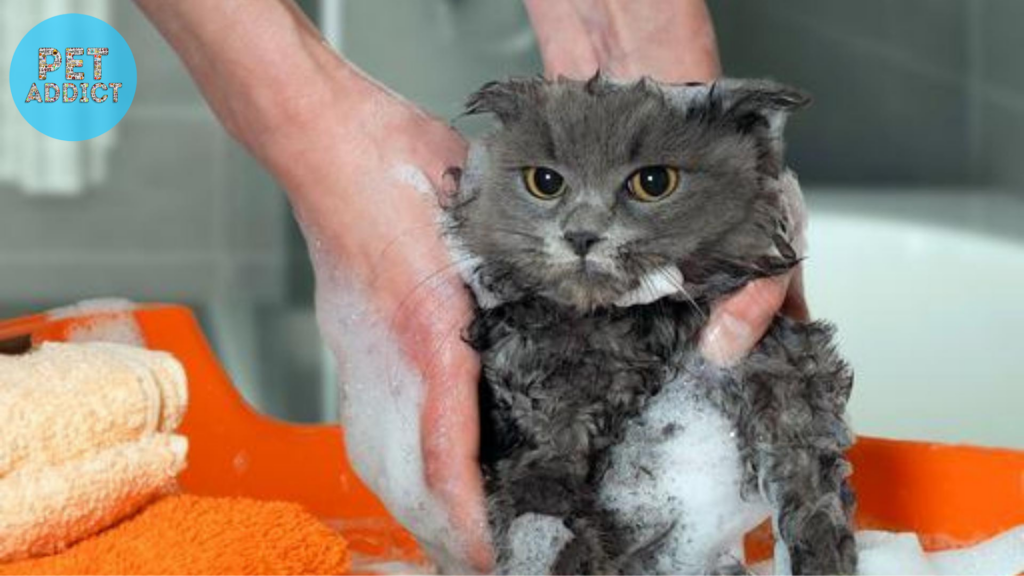
For those inclined toward natural solutions, here are a couple of DIY cat shampoo recipes:
Oatmeal and Aloe Vera Shampoo
Combine oatmeal, aloe vera gel, and water to create a soothing and moisturizing shampoo.
Coconut Oil and Lavender Shampoo
Mix coconut oil, lavender essential oil, and water for a nourishing shampoo with a pleasant fragrance.
Caring for Your Cat’s Eyes, Ears, and Teeth
Regular grooming encompasses caring for your cat’s eyes, ears, and teeth. Utilize appropriate products to clean these areas and promote overall health.
Essential Grooming Tools
Invest in high-quality grooming tools such as brushes, combs, and nail clippers to ensure your cat looks and feels its best.
Conclusion
Cat shampoo plays a pivotal role in maintaining your cat’s health and hygiene. By understanding your cat’s specific needs, selecting the appropriate shampoo, and following proper bathing techniques, you can establish a positive and beneficial grooming routine that contributes to the well-being of both you and your beloved feline companion.
FAQs
Q1: How frequently should I use cat shampoo on my cat?
The recommended frequency varies based on factors such as breed and coat type, but generally, a bath every few months is sufficient.
Q2: Can I substitute human shampoo for cat shampoo?
No, human shampoos are not suitable for cats and can lead to skin irritation and allergies.
Q3: Are there alternatives to traditional water-based baths for cats?
Indeed, you can consider waterless shampoos or wipes if your cat has an aversion to water.
Q4: Can cat shampoo cure my cat’s skin condition?
While cat shampoo can help with certain skin conditions, consulting a veterinarian for proper treatment is crucial.
Q5: Can I groom my cat with regular brushes?
Investing in high-quality cat grooming tools is recommended for optimal results and your cat

